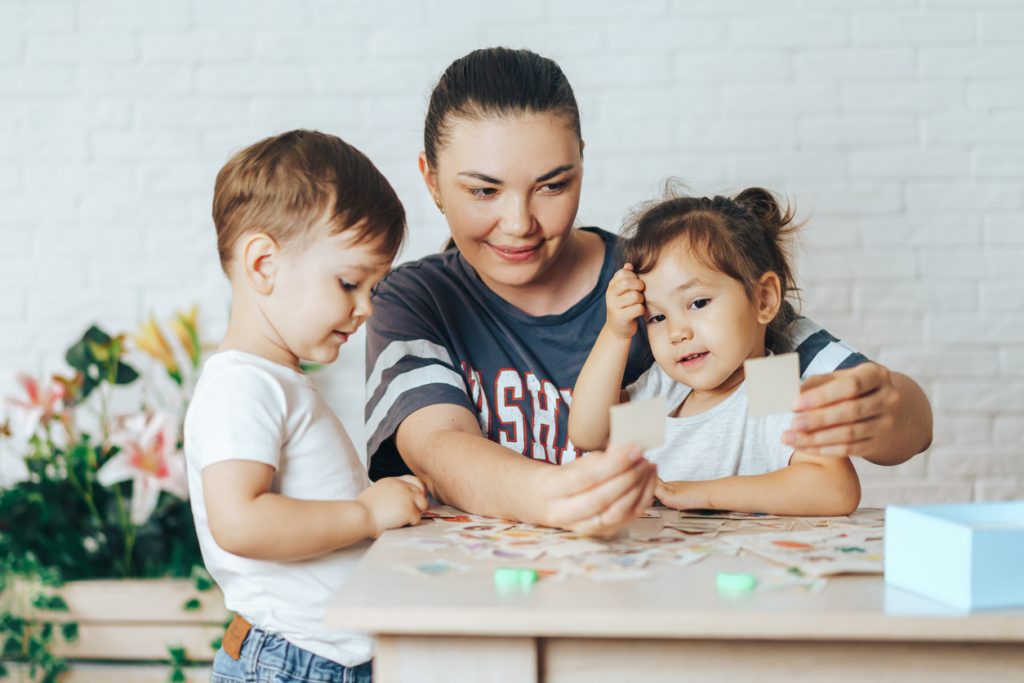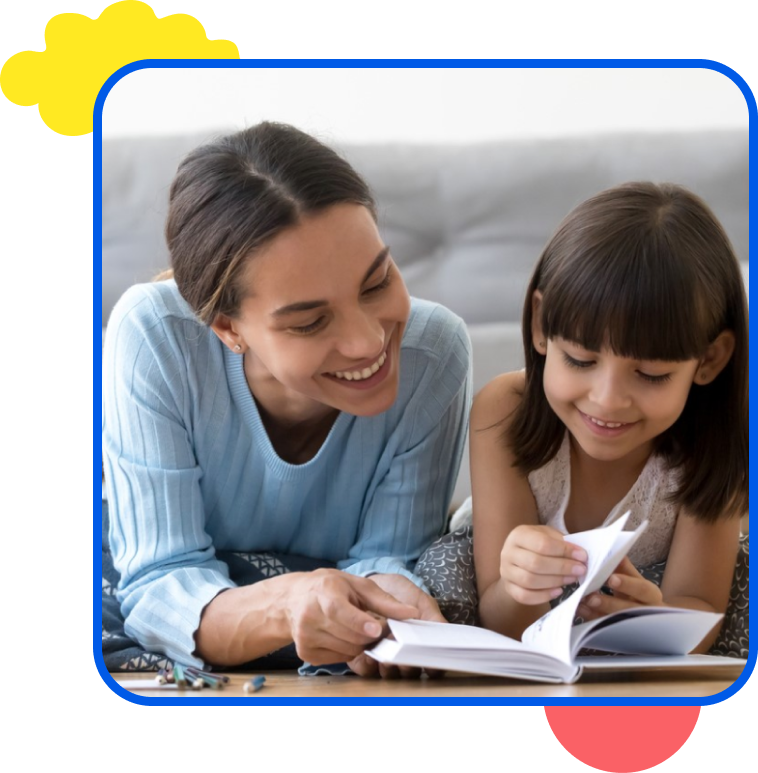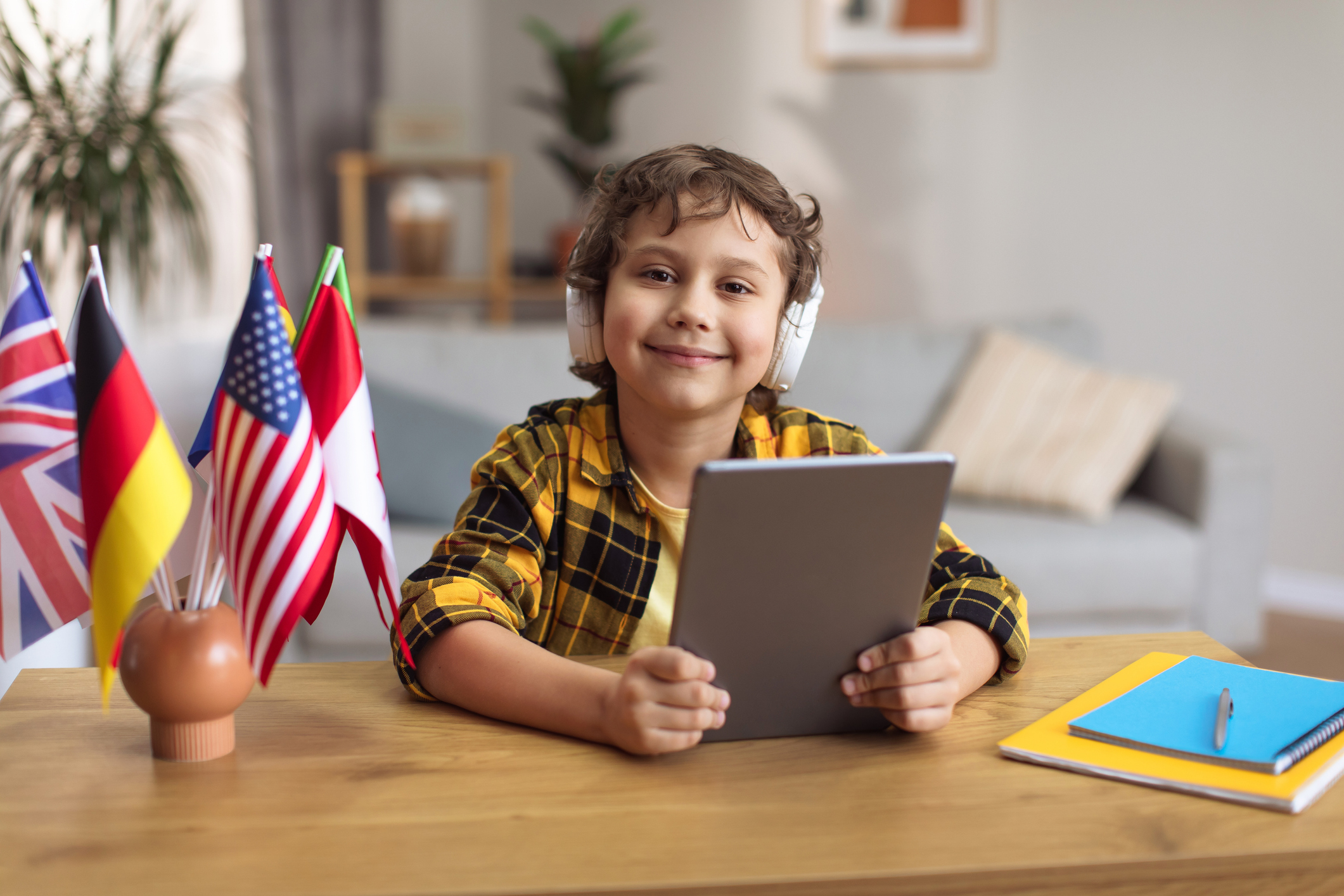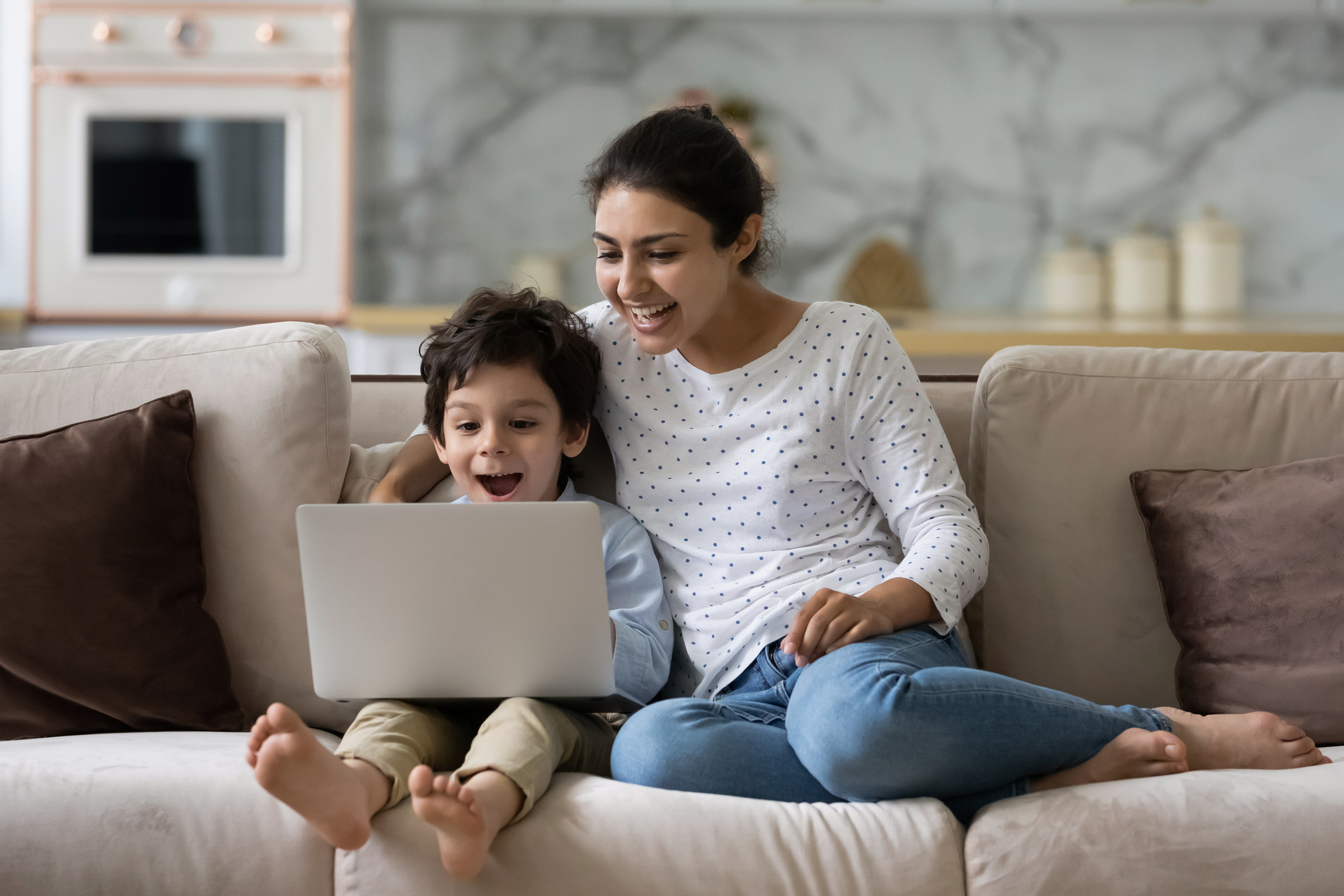“One Parent, One Language”: How It Works



It’s no secret that children are sponges when it comes to learning. This is especially true for learning languages.
Due to the high elasticity and rapid neural formation that exists in a young child’s developing brain, the best time for a child to start learning a second language is before the age of ten.
But the question is, how can children learn two languages at one time?
There are a few different methods for raising bilingual children, and one of the most popular techniques is the “one parent one language method,” or the OPOL method.
What is “One Parent, One Language”?
As the name suggests, “one parent, one language” or OPOL is an at home language teaching method where each parent speaks a different language to their children. This is a very common method to maximize a child’s exposure to two languages at the same time on a quest to achieve bilingualism.
This idea stems from the fact that language skills are developed by constant exposure. If each parent sticks to their respective language, theoretically, their children will receive 50/50 exposure.
Most of the time, the OPOL method is used by multilingual parents who share common tongues. In these situations, each parent chooses the language that they feel more comfortable speaking. However, there are a few variations to make this method work for raising bilingual children.
Most of the time, this is done with two native speakers, but it can also work when non-native speakers have reached a native level of fluency in a language and want to pass it down to their child for their benefit of learning a second language.
In another scenario, “the one parent, one language” methodology can also be successful in a family setting with one monolingual parent and one multilingual parent. In this circumstance, the child will most likely have an easier time separating the two languages.
Is One Parent One Language Successful?
To put it simply, each child is very different and so are their family and social circumstances. But in any case, the success rate is much higher if the method is followed more strictly.
Although there are many opinions on this method (more on that in a later section), the OPOL method has been thoroughly researched and is continually used by many families.
According to a study of over 2000 families conducted by Annick De Houwer, 75% of children raised with the “one parent, one language” approach became bilingual. This statistic is determined on how strictly this method was followed during each child’s upbringing.
Although there is no 100% guarantee that the OPOL method will work, consistency makes all the difference, as explained by Annick De Houwer.
For the obtaining the optimal outcome and having your children reach bilingualism, please read on to discover 5 tips for a successful “one parent, one language” execution.
5 Tips for a Successful “One Parent, One Language” Execution
#1 Consistency is key
As previously mentioned, consistency is the main factor that determines the outcome of the OPOL approach.
Each parent needs to speak their respective languages at all times.
This includes addressing the children in the chosen language even if speaking to others in another language (for example, a parent who is socializing in English will need to speak directly to their child in French, even though it is not the language of conversation), at the dinner table, picking them up from school, at soccer practice– you name it.
It’s also important to be aware that children are likely to mix languages at the beginning and respond with the incorrect language (for example, responding to an English question in Spanish). However, in these cases, it’s very important to remain consistent and encourage the children to try to respond in the proper language of the moment.
The level of consistency is generally determined by the parents. The more rigid the structure, the better the outcome will be.
#2 Enhance Exposure with Outside Resources
One of the most significant benefits of our day and age is technology. We have access to so many tools and language learning resources- it’s almost impossible not to find any!
In addition to speaking to your children in a designated language, consider finding TV shows, movies, podcasts, and online courses to help them be even more immersed into the languages and cultures.
One of the best resources to aid in achieving bilingualism is online language classes.
Understanding how to read, write, and talk to different people is great for a child’s all-around development. As children are the most adept to learn quickly before the age of ten, it’s important to look for classes that are centered around young children’s learning styles to keep them engaged.
LingoCircle is an example of a great online resource created with this in mind. You can join more than 200 other families that have already enrolled their children in online language courses to give their children language exposure from a trained professional. The best part? Your children will have fun while learning!
#3 Talk, Read, Sing, and Play!

Language exposure doesn’t have to be limited to only daily conversations about school, dinner table discussions, and structured lessons. Be sure to chat, tell jokes, read, sing, and play in the target language to fill each area of your child’s life with proper language exposure.
Allowing your child’s imagination to roam free will be even better for their development if they have the proper vocabulary to do so. Listening to stories, reading together, singing silly songs, and playing together will help build a wider vocabulary.
It’s not every day at the dinner table that you hear stories about knights in shining armor rescuing a princess from a castle, sing songs about animals under the sea, and dress up as wizards casting spells in different languages.
Play time is what kids look forward to the most– encourage them to play in each language that they are learning to develop a strong vocabulary.
#4 Find a Community of Native Speakers
Developing relationships is a great way to enhance language fluency. Finding a community of native speakers of the target language will give your child extra encouragement to achieve fluency.
If a child is mixing two languages in the house because each parent understands both languages, it will be a longer process for them to differentiate between the two languages. However, by joining a community of native speakers, a child will quickly realize that they have to stick to one language in order to properly communicate.
Not only does this aid in fluency and fight against code-switching in the same sentence, but it also allows the child to create a bigger social circle. Who doesn’t love having more friends to spend time with?
#5 Do Not Listen to Criticism
At the end of the day, one of the biggest struggles that parents using the OPOL method will face is criticism. Unfortunately, the methods of raising bilingual children are frequently up for debate and everyone has an opinion on which method works the best.
In these situations, it’s important to understand that each family will have its own method that works best for them. Success in one family doesn’t automatically translate to success in another.
If “one parent, one language” is your chosen method, it’s important to stick with it. As mentioned multiple times throughout this article (to stress the importance!)- consistency is key. This includes staying consistent even when facing criticism from others in the language community.
Criticism: “One Parent, One Language”
One major criticism of the OPOL approach is that it can be too difficult to stick to only one language. Consistency is the main problem, and it manifests itself in different ways.
If in a social situation where no one understands the language of choice, apart from the parent and child, there can be pressure to use the common tongue to fit in. It may feel awkward speaking a language that no one else is familiar with.
In another sense, it may instead feel rude to not give others the opportunity to participate in (or understand) the conversation, instead of just feeling awkward. The pressure to “fit in” and be inclusive is all too common. It is a heavy factor that affects the level of consistency.
Another criticism of the “one parent, one language” approach is that there is usually one language that gets more exposure than the other. In a perfect world, language exposure would be split 50/50 between each parent. However, in the real world, there are many external factors weighing in on the amount of time that each parent (and therefore each language) is interacting with the child.
This unequal exposure would result in a stronger, more dominant language and consequently, a weaker language.
Another commonly pointed-out weakness of this method is that more often than not, children get more exposure to one language outside of the family. For example, let’s take a family living in the United States with one parent speaking English and one parent speaking French. As English is the main language in the United States, the child would clearly have more exposure to English outside of the home as well. Even if the parents have made a true 50/50 language exposure plan work inside the home, the amount of English exposure is much higher than that of French. This would mean that the French-speaking parent has to work much harder to achieve an equal balance of both languages.
Alternatives to “One Parent, One Language”
“One parent, one language” is not the only method to raise children in a bilingual household. Let’s take a look at two strong alternatives:
#1 MLAH – Minority Language At Home.
As the name suggests, this approach focuses only on using a minority language in the household. For example, a family living in the United States who chooses to speak a language other than English inside the home would be using the MLAH method. This method is also very popular for expats who are living away from their home countries. While using the majority language at school, at work, with friends, and in the community, the minority language gets its exposure time at home. This method is shown to have high success rates with parents who speak the same languages.
#2 Natural Exposure.
Sometimes, there is not always a strict plan. Each family ecosystem is very different, and some families thrive better without a rigid structure. As exposure is the key to learning any language, simply keeping up with the quantity and quality of exposure can be very beneficial for young children. Whether this includes a lot of conversations, traveling, listening to the radio, watching TV shows and movies, finding a group of friends, or singing songs all in the target language– the possibilities for language exposure are endless. This method allows for a lot of creativity and doesn’t have a strict set of rules.
Conclusion
If you are deciding on a parenting method to raise bilingual children, it’s important to pick a method that works best for your schedule, your environment, and your family’s ecosystem.
The OPOL method is popular and very well known for a reason– success is very probable.


Simple Ways to Learn a Second Language at Home
Get resources and tips to help supplement your bilingual education journey at home.
By providing your email you are signing up to receive emails from Bilingual Bebe. Privacy Policy






